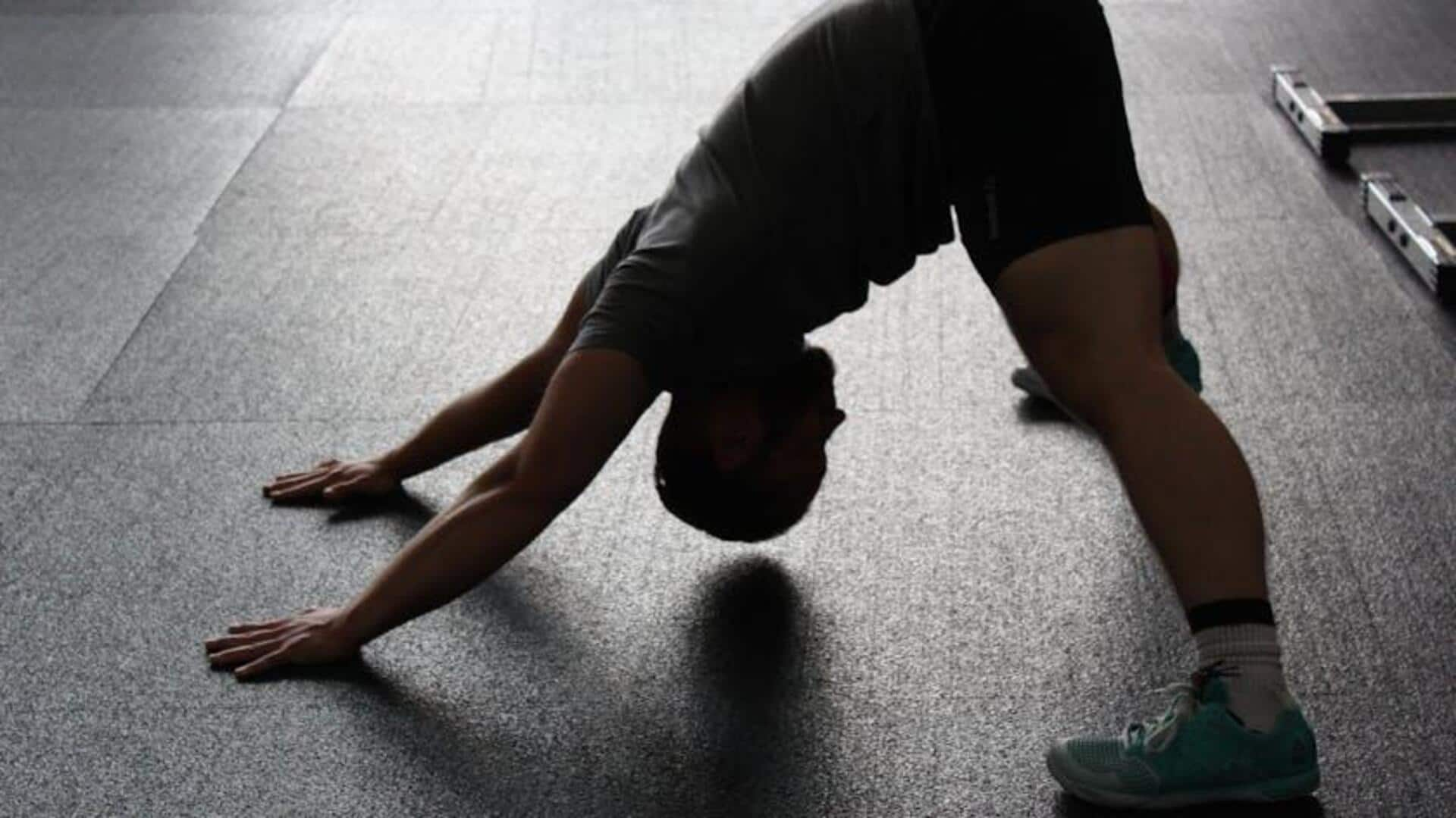
Stretching for joint flexibility: 5 tips
What's the story
Stretching is a basic activity that can do wonders for your joint flexibility. It is an integral part of any fitness routine, keeping the range of motion intact and preventing injuries. Stretching regularly can improve your posture, alleviate muscle tension, and promote blood circulation to the muscles. If you are new to stretching, knowing a few basic tips can help you achieve better joint flexibility.
Tip 1
Start with gentle movements
Start your stretching routine with gentle movements to warm up your muscles. This prepares your body for more intense stretches and reduces the risk of injury. Simple activities like walking or light jogging for five to ten minutes can effectively increase blood circulation and loosen up stiff joints.
Tip 2
Focus on major muscle groups
When stretching, it's important to concentrate on major muscle groups like calves, thighs, hips, lower back, neck, and shoulders. These areas contribute significantly to your overall mobility and flexibility. By holding each stretch for approximately 20 seconds, you provide the muscles sufficient time to relax and elongate properly. This way, you have a well-rounded stretch routine that hits important areas for better movement.
Tip 3
Incorporate dynamic stretches
Dynamic stretches are critical, requiring active movements that closely mimic what you do in sports or daily life. These stretches are particularly beneficial before engaging in any exercise, as they greatly improve the functional range of motion. Incorporating movements like leg swings and arm circles, which should be deepened progressively, dynamic stretching prepares your body for a range of activities while avoiding injuries.
Tip 4
Consistency is key
Consistency is key when it comes to improving joint flexibility with stretching. Try to make stretching a part of your daily routine at least three times a week for visible results over time. By practicing regularly, you can ensure that your muscles remain flexible and joints healthy.
Tip 5
Listen to your body's signals
Pay attention to how your body responds during each stretch session. If you feel pain or discomfort beyond mild tension while holding a position longer than usual—stop immediately! Adjusting intensity levels based on personal comfort ensures safe progress without causing harm or strain on joints and muscles involved in exercises performed regularly over extended periods of time.